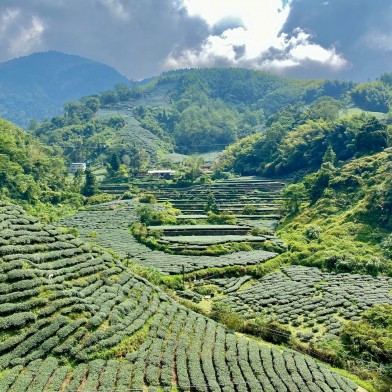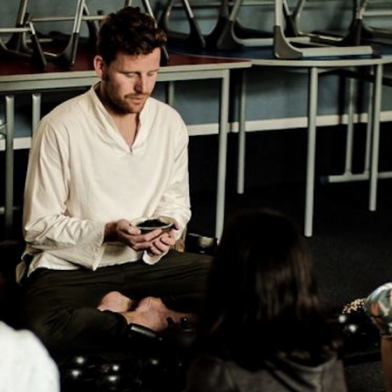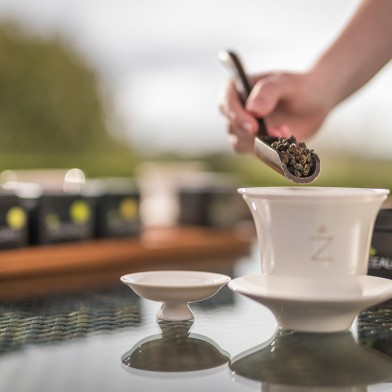What's in a cup of tea? For Indians, it's more than a drink. It's a culture, something woven into daily life. Writer Anusha Kulal explains chai and chaiwallahs (tea vendors), and why they play such a part of every day in India.
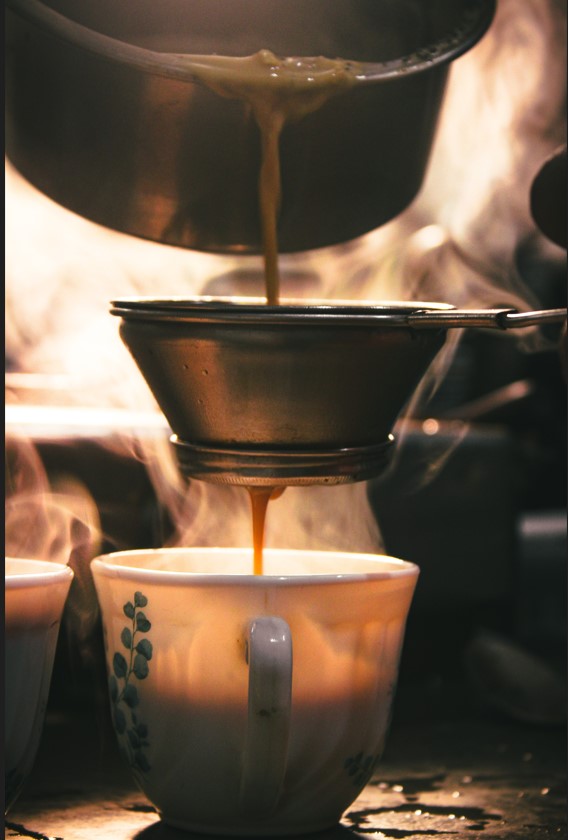
Photo: Ayaneshu Bhardwaj
OPINION: I once heard someone say that we Indians, along with our blood, have tea flowing in our veins. While scientifically impossible, figuratively it’s true. Tea is not just a refreshing drink for us. It is an act of love, a break from the daily chaos and sometimes, it’s a warm hug in a cup.
For centuries, Indians drank herbal teas for their many benefits. It wasn’t until the British set foot on our ground that tea production was in full swing. During the 19th century, the British set up tea plantations across North-East India, mainly in Darjeeling and Assam. The primary goal was to break the monopoly of the Chinese tea industry and export the tea to Europe. Most of the tea produced was shipped to international markets and a very small portion of this was consumed by the higher-class Indians and the British stationed in India. As production increased, the domestic tea market in India grew. Furthermore, as depression encroached on Europe, tea was abundant due to the lack of exporting. Tea was sold to domestic markets in order to cut losses and cater to the growing demand within the country.
This is when chai enters the scene. While the British had their way of brewing tea, the Indians invented their own version. We boiled the tea leaves in water along with sugar, and poured in milk, often adding ginger or cardamom to elevate the taste.
Currently, there are thousands of chaiwallahs (tea vendors) across India, each with their own unique way of brewing tea. Masala chai (Tea made with milk, cardamom, cinnamon, ginger, cloves and star anise), cutting chai (The word 'cutting' is often associated with the half portion size and/or the strong punch of the tea that cuts through the taste), Kulhad Chai (chai served in traditional clay cups that add an earthy flavor), Kashmiri Kawha (tea with cardamom, saffron, and almonds), Sulaimani Chai (black tea with lemon and mint), green and white teas in the North East are some of the most popular variations you will see.
Why is it so popular in India? Tea isn’t just a caffeinated drink for us – it’s woven into our daily lives. It brings people together; many meetings and catchups usually begin with tea, a side of fried snacks, and a big dollop of juicy gossip. Whether you are starting a task, taking a break from it, or simply celebrating the accomplishment of it, chai is always the perfect accessory to this.
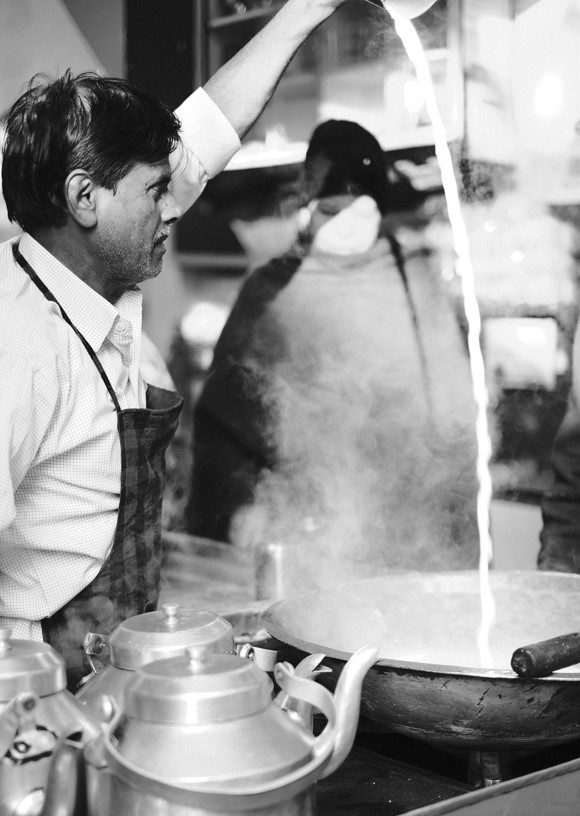
Photo: Ravi Sharma
At the very moment you are reading this, there is probably someone out there savoring a cup of chai, with four fingers holding the cup, and the little finger lifting off it as if saluting the beauty of this drink. Chai is enjoyed by people from all walks of life; you will see laborers taking a break and sipping on chai, kids in college out for their chai sutta (a common phrase used in India indicating a smoke break with tea), lovers uniting, deals sealing, tea spilling – all over a cup of chai! We even have designated tea vendors who come into office spaces – usually around 10 AM and 3 PM – like clockwork, giving our caffeine fix.
Tea is accessible to anyone at any time. Vendors on cycles often appear after midnight, serving delicious tea in styrofoam cups, a sight for sore eyes to all the night owls. Have an early morning train? Hot tea is at your service with many vendors walking around equipped with chai-filled thermos. A common sight in India are the many tea vendor shops, often filled to the brim with various offerings making it your one-stop shop for biscuits, sweets, candies, mouth fresheners, tobacco products and a garland of chip packets hung on a string. Based on the needs of their location, they open as early as 5:00 AM, and ones who open late close only at the wee hours of the night.
They will even sell you Parle-G biscuits for you to dunk in your tea. For those of you who don’t know, Parle-G is an iconic brand in India associated with: guess what? Tea. You dunk the biscuit just long enough to soften it. Leave it too long and you have lost your biscuit to the tea.
A distinct memory from my childhood involved rounding up at 5:00 PM to watch Pokemon and Amma would serve me and my sister hot banana fritters and chai brewed with ginger. She had her own version of making chai which I have proudly inherited. Her secret? Adding less milk. It’s that simple. To this day, I prefer a watered-down chai over one with a lot of milk. And of course, on the days that my hay fever acted up, she would add a dash of ginger, soothing if not chasing away my fit of sneezes. Tea was a cure for many of my dramatic ailments. Headache? Have some tea. Sad? I will whip up some tea. Bloating? Black tea with lemon. Are guests incoming? Help me make tea. Tea was the answer to any situation.
A beverage that is so deeply connected to our emotions, deserves to be addressed correctly. It’s one word: chai. There is no such thing as Chai Tea, which just translates to Tea Tea. It is not a variation of tea. It IS tea. Calling it chai tea boils the blood of Indians, as hot as freshly made tea. At this point, there is only one thing you can do. Offer them a cup of chai.
- Asia Media Centre
